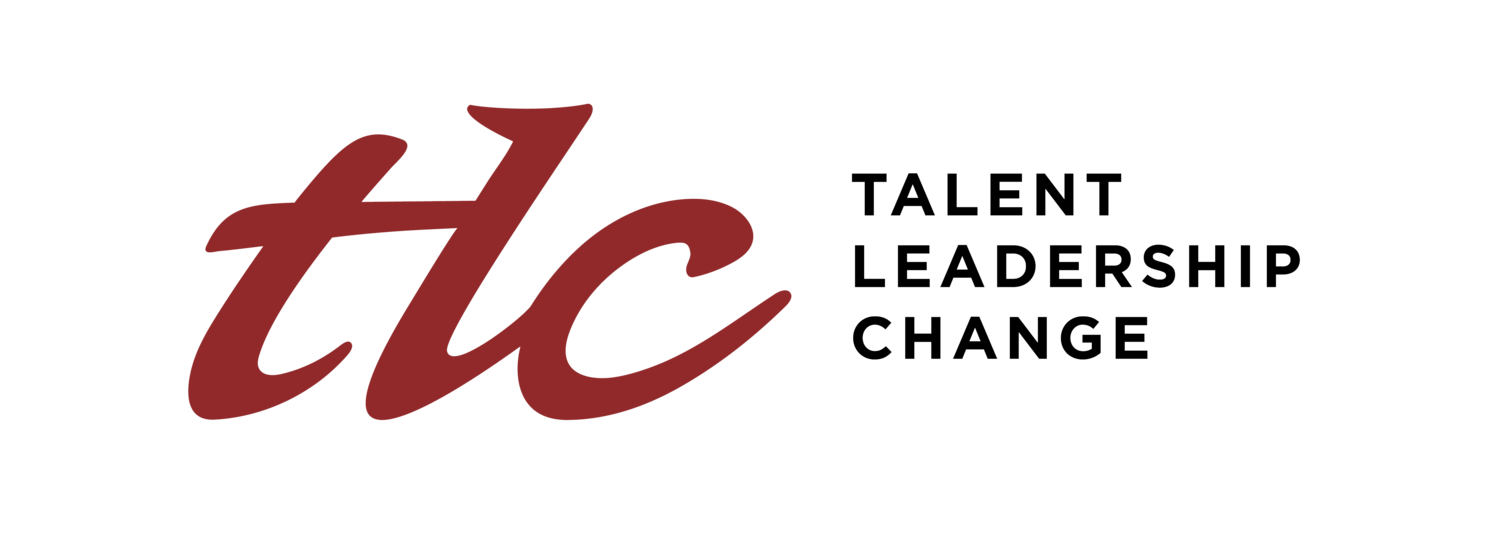Happiness Beyond Numbers: Reflections from the 2024 World Happiness Report
What
The 2024 World Happiness Report (WHR), presented at the World Economic Forum in Davos, reveals a concerning trend: global happiness is declining among youth aged 15–24. This decline stems from a mix of social, economic, technological, and ecological pressures.
The WHR measures subjective well-being through three indicators: life evaluations, positive emotions (laughter, enjoyment, interest), and negative emotions (worry, sadness, anger). Life evaluations, assessed using the “Cantril ladder,” form the basis of happiness rankings. Respondents rate their lives from 0 (worst possible life) to 10 (best possible life).
Since 2006, youth happiness has dropped across regions like North America, Europe, South Asia, and the Middle East. Notably, young Filipinos rank 70th in happiness, compared to their elders (60+) who rank 43rd. Interestingly, the Philippines ranks 9th globally for improvements in happiness from 2006–2010 to 2021–2023. Yet, the trend among youth signals deeper struggles.
Teenagers, traditionally optimistic, are grappling with crises before adulthood, leaving them less happy than older generations.
So What
This youth happiness decline poses potential economic and health consequences. As a 66-year-old, I often wonder how I would perceive today’s turbulent and unpredictable world if I were in my twenties. Yet, hope persists.
Conversations with young people during the holidays and as a Vipassana Meditation volunteer revealed their profound awareness and compassion. Anchored by practices like ethical living (“Sila”), concentration (“Samadhi”), and wisdom (“Panna”), they show resilience even amid challenges.
Another compelling WHR insight is that older adults defy stereotypes of stagnation and despair. Shakespeare’s “Seven Ages of Man” suggests life as a stage, yet today’s seniors are happier and more satisfied, underscoring that well-being isn’t confined to youth.
The study also highlights that inequality in well-being impacts happiness more than income inequality. This reflects disparities in access to education, healthcare, social trust, and supportive environments. Countries where happiness equality thrives tend to report higher overall happiness. In the Philippines, young people’s exposure to social media amplifies both opportunities and “anicca realities”—impermanence, crises, and corruption—leading to learned helplessness.
Now What
Happiness isn’t something I’ll wait for another study to confirm; I see it daily. Here’s how I intend to act:
Measure More Than GDP: Beyond income, I’ll reflect on social support, freedom to make life choices, generosity, and perceptions of corruption. These shape the broader happiness landscape.
Cultivate Deep Relationships: Social support is vital. I’ll prioritize meaningful connections over superficial social media metrics.
Balance Contemplation and Action: Daily mindfulness practices and purposeful actions ground me.
Engage Younger Generations: I’ll continue conversations with Gen Z, Millennials, and Gen X family members, encouraging benevolence and volunteerism. Their energy and commitment inspire hope.
Measures of Well-Being Beyond GDP
Social Support: “If you were in trouble, do you have relatives or friends you can count on to help you whenever you need them, or not?”
Freedom to Make Life Choices: “Are you satisfied or dissatisfied with your freedom to choose what you do with your life?”
Generosity: “Have you donated money to a charity in the past month?”
Perceptions of Corruption: “Is corruption widespread throughout the government or not?” and “Is corruption widespread within businesses or not?”
Healthy Life Expectancy: Physical and mental health indicators that gauge longevity and quality of life.
Happiness thrives in communities of trust, compassion, and action. How are you nurturing happiness at your age and stage of life? Share your thoughts—they might inspire someone else to take their first step toward joy.
*******************************
-Susan Grace Rivera
Date Posted: Jan 22, 2025
